15 Creatures in the Gulf of Mexico that are Stranger Than Fiction
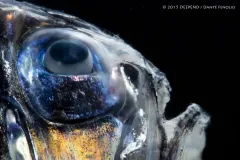
The Gulf of Mexico coastal region is known for its seafood—shrimp, spiny lobsters, crawfish and oysters just to name a few. Crawfish and shrimp boils, where spiced seafood is thrown straight on a newspaper-covered table, are a way of life. These creatures spend most of their lives in shallow water, and locals and scientists alike have a pretty good understanding of what’s living there. The same can’t be said for the deep sea, which is filled with more species than you might expect.
For example, what do you think is the most diverse group of animals in the Gulf of Mexico? You might instinctively choose from the smorgasbord of critters listed above.
The real answer? Dragonfish.
There are 80 species alone of these miniature sea monsters in the Gulf of Mexico, one of the biggest dragonfish hotspots in the world.
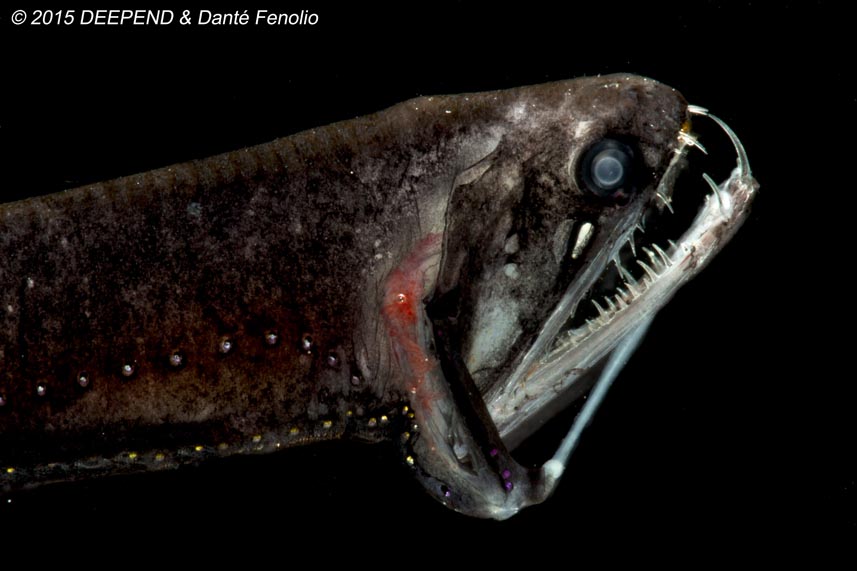
Dragonfish. © 2015 DEEPEND/Danté Fenolio
And if you think that dragonfish—the estranged cousins to an otherwise normal-looking fish family—are an anomaly, think again. The deep sea is home to some of the most outlandish animals on the planet.
Diving off the DEEPEND
The DEEPEND (Deep Pelagic Nekton Dynamic of the Gulf of Mexico) Consortium is a research effort created in response to the Deepwater Horizon Oil Spill in 2010 and the lack of pre-spill data available for deep-water habitats. After the spill, scientists were severely limited in their ability to estimate the amount of damage to the ecosystem since hardly any baseline data existed for comparison. Given the likelihood of future spills, researchers faced a race against time to grow their understanding of deep-sea environments and the services they provide to the larger ecosystem.
One of DEEPEND’s primary objectives is to discover and document animals that live in the deep sea. Deep-water habitats were most affected by the Deepwater Horizon Oil Spill in 2010 because that is where the oil leak occurred and where much of the oil settled. Research expeditions aboard ships, often called cruises (not to be mistaken with a luxury vacation), provide an opportunity for scientists to take samples at different ocean depths using nets, remotely operated vehicles, and other technologies.
What Did DEEPEND Find?
Most of the organisms that appear in the photographs below were found in the bathypelagic zone, an enigmatic slice of ocean also called the Midnight Zone. Not much is known about ocean life living between 1,000 and 4,000 meters (roughly 3,300-13,100 feet), but one thing is certain: the biodiversity is staggering.
“We have recently completed analysis of a massive sample set from 2011, which NOAA (the National Oceanic and Atmospheric Administration) used in their damage assessment,” commented DEEPEND Director, Tracey Sutton. “From our perspective, the 2011 sample set was hugely informative, as it has allowed characterization of diversity, distribution and biomass on scales never before imagined… We collected over 700 species of fishes (only 1,500 are known for the entire Gulf, including near-shore environments, which we did not sample), and of these, one in twelve was a new record for the Gulf.”
The man behind the camera is scientist and artist Dante Fenolio, DEEPEND’s cruise photographer. Scroll through the gallery below to check out the fish and invertebrates photographed on DEEPEND’s latest cruise through the Gulf of Mexico.

Melanocetus developmental stages. © 2015 DEEPEND/Danté Fenolio
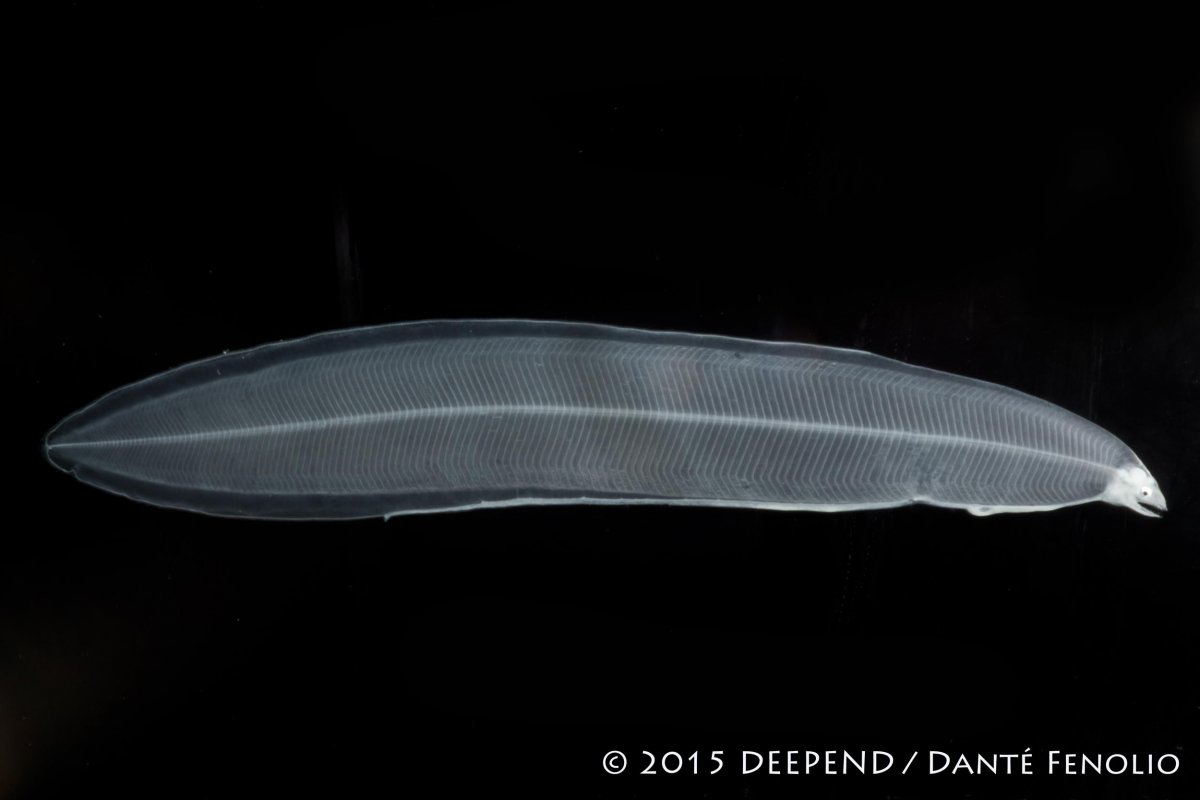
Leptocephalus. © 2015 DEEPEND/Danté Fenolio

Joubiniteuthis portieri. © 2015 DEEPEND/Danté Fenolio

Idiacanthus fasciola. © 2015 DEEPEND/Danté Fenolio
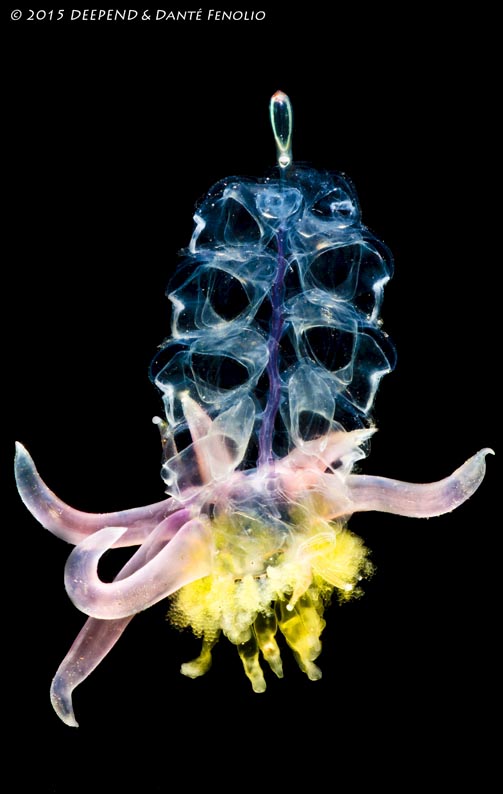
Physophora hydrostatica. © 2015 DEEPEND/Danté Fenolio
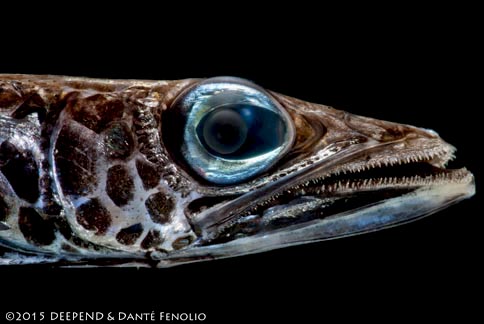
Waryfish-Scopelosaurus smithi. © 2015 DEEPEND/Danté Fenolio
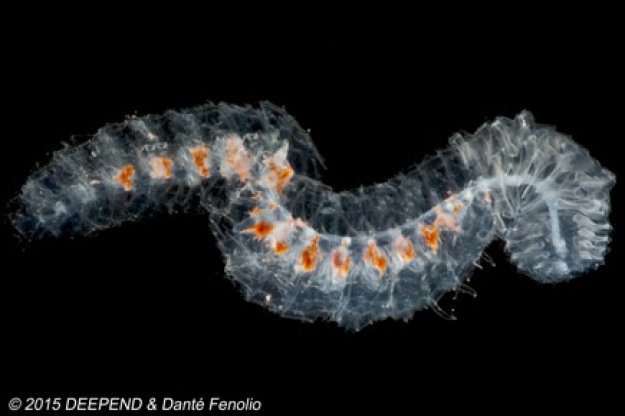
Siphonophore. © 2015 DEEPEND/Danté Fenolio
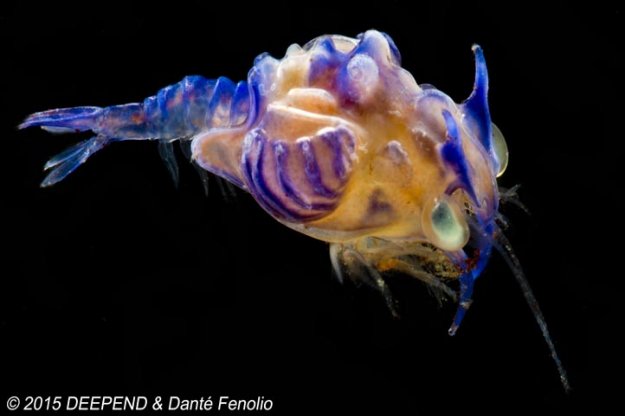
Larval Plesiopenaeus armatus. © 2015 DEEPEND/Danté Fenolio

Scopelosaurus mauli. © 2015 DEEPEND/Danté Fenolio
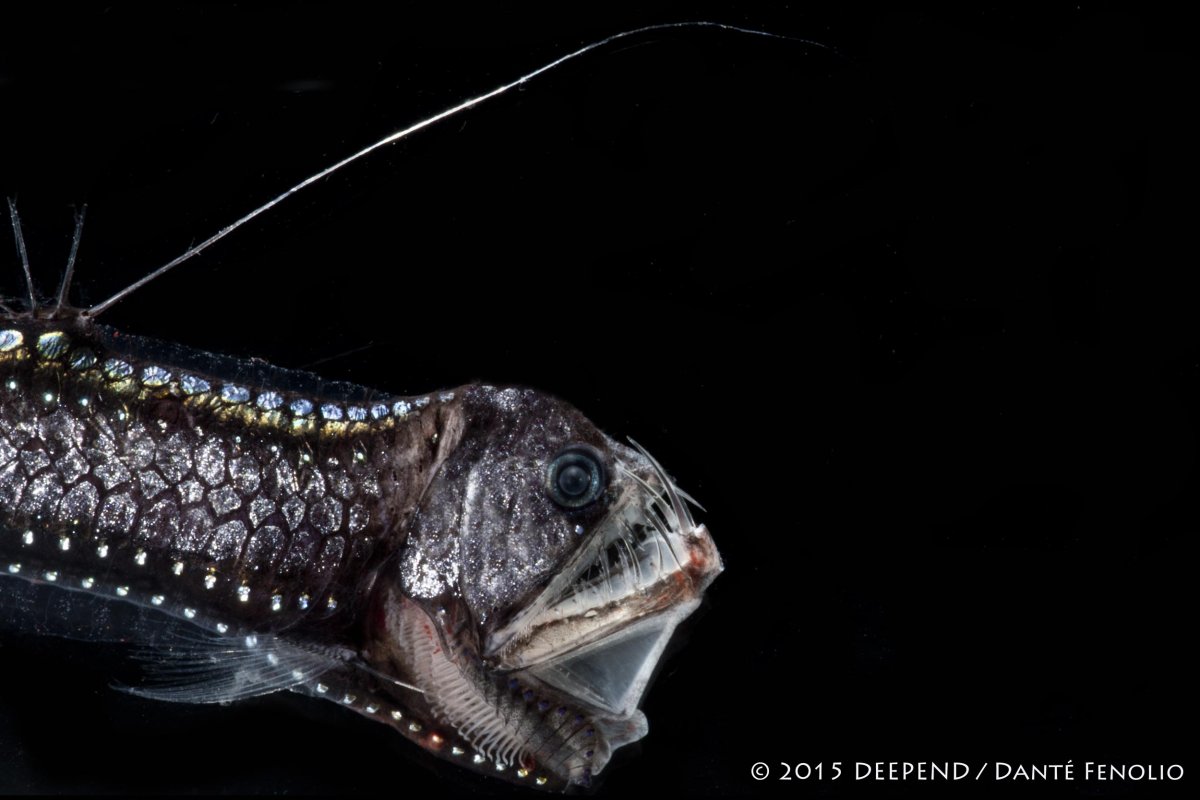
Chauliodus danae. © 2015 DEEPEND/Danté Fenolio
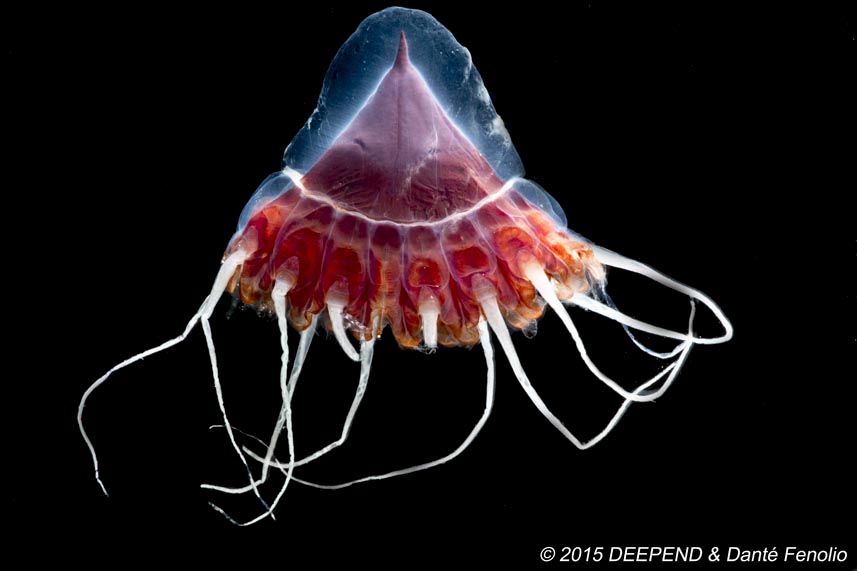
Periphyla. © 2015 DEEPEND/Danté Fenolio
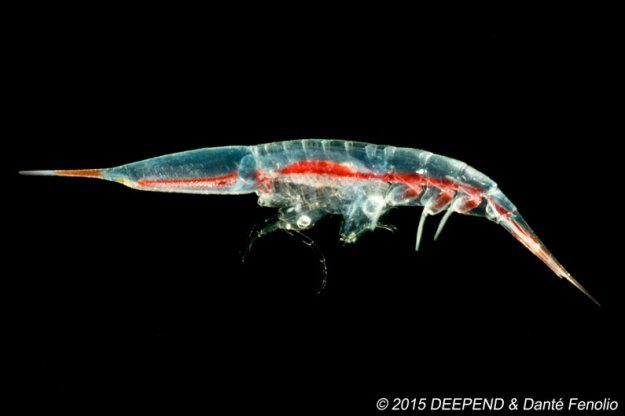
Cone-headed Amphipod. © 2015 DEEPEND/Danté Fenolio
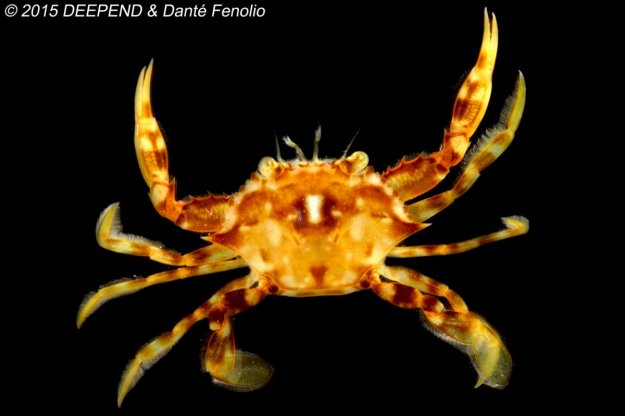
Sargasum Crab. © 2015 DEEPEND/Danté Fenolio

Flying Fish. © 2015 DEEPEND/Danté Fenolio
The Ocean Portal receives support from the Gulf of Mexico Research Initiative (GoMRI) to develop and share stories about GoMRI and oil spill science. The Gulf of Mexico Research Initiative (GoMRI) is a 10-year independent research program established to study the effect, and the potential associated impact, of hydrocarbon releases on the environment and public health, as well as to develop improved spill mitigation, oil detection, characterization and remediation technologies.
For more information, visit http://gulfresearchinitiative.org/ and http://deependconsortium.org.

